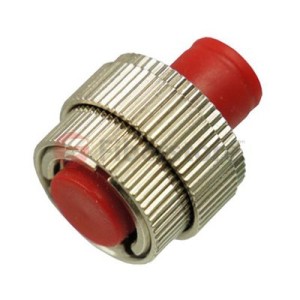Indium phosphide (InP) is a binary semiconductor composed of indium and phosphorus. InP is used in high-power and high-frequency electronics because of its superior electron velocity with respect to the more common semiconductors silicon and gallium arsenide. It also has a direct bandgap, making it useful for optoelectronics devices like laser diodes. InP is also used as a substrate for epitaxial indium gallium arsenide based opto-electronic devices.
The Inp material system has a rich history as an integration platform. The complementary functions or features discussed here have been demonstrated either integrated with Inp-based MZMs, or in epitaxial growth structures compatible with Inp-based MZMs.
The main works of the Inp material system is deep helium implantation has been used to creat point defects in zinc doped InP layers to remove carriers from participating in conduction, with minimal impact to the optical waveguide properties. This helium implant process can be used to isolate electrodes and has been shown to remain stable under extensive thermal, electrical, and optical stress conditions.
Evanescently coupled waveguide InGaAs power detectors insensitive to the optical signal wavelength and input power have been monolithically integrated with the Inp-based MZM, as a simple extension of the spot-size converter fabrication process. These detectors are placed on the complementary and/or in-line out put waveguides to provide feedback for transmitter control.
Leuthold and Joyner have proposed a method to actively tune the power splitting ratio in a 2 x 2 MM and the active tuning of the cross/bar MM1 power splitting ratio betwwen 1 and > 1.7 is demonstrated. The tuning is achieved for < 3 mA of applied current to helium implant isolated edge electrodes on a 10.3 micron 2 x 2 MMI and it produces < 0.15 dB optical loss. This split ratio dynamic range, if applied to the 2 x 2 MMI combiner in the zero chirp modulator design presented, produces sufficient optical power imbalance to move between zero chirp and he optimal negative chirp for maxium dispersion limited reach. A current tunable MMI has also been demonstrated using selective zinc diffusion.
An output power variable fiber optic attenuator is a commonly required function in transmitters for pratical optical communication systems. Early fixed wavelength MZM transmitters used integrated electroabsorption pads on the input of the InP-based MZM to provide this variable optical attenuator function. The same processes used to implement the MMI tunable power optical splitter could be used to implementa wavelength independent variable optical attenuator is simple. The 1 x 1 MMI is a rest ricted symmetric interference device in which only even modes are excited. Therefore, by asymmetrically modifying the refractive index along a selected cross section within the MMI waveguide, such that a phase change of π is induced, mode conversion of the even modes into odd modes is realized. The odd modes are rejected at the MMI output waveguide.
Semiconductor optical amplifiers have been integrated prior to MZMs that use InGaAsP/InP MQW cores, and lossless operation has been demonstrated in 10 Gb/s 1MDD and 40 Gbit/s DPSK applications.
Future applications will benefit from exploration of a single Inp chip for dual polarization Cartesian MZMs, through the monolithic intergration of a TE to TM polarization converter and a polarization combining waveguide element. The demonstrated polarization manipulation functions in InP materials have not used waveguide structures compatible with an MZM. THis commercial application will hopefully spur further reasearch in this area.
Welcome to fiberstore to ask much more questions about fiber optical attenuator, we will provide attentive service for anyone. http://www.fiberstore.com/
Article Source: http://www.fiber-optical-networking.com/

